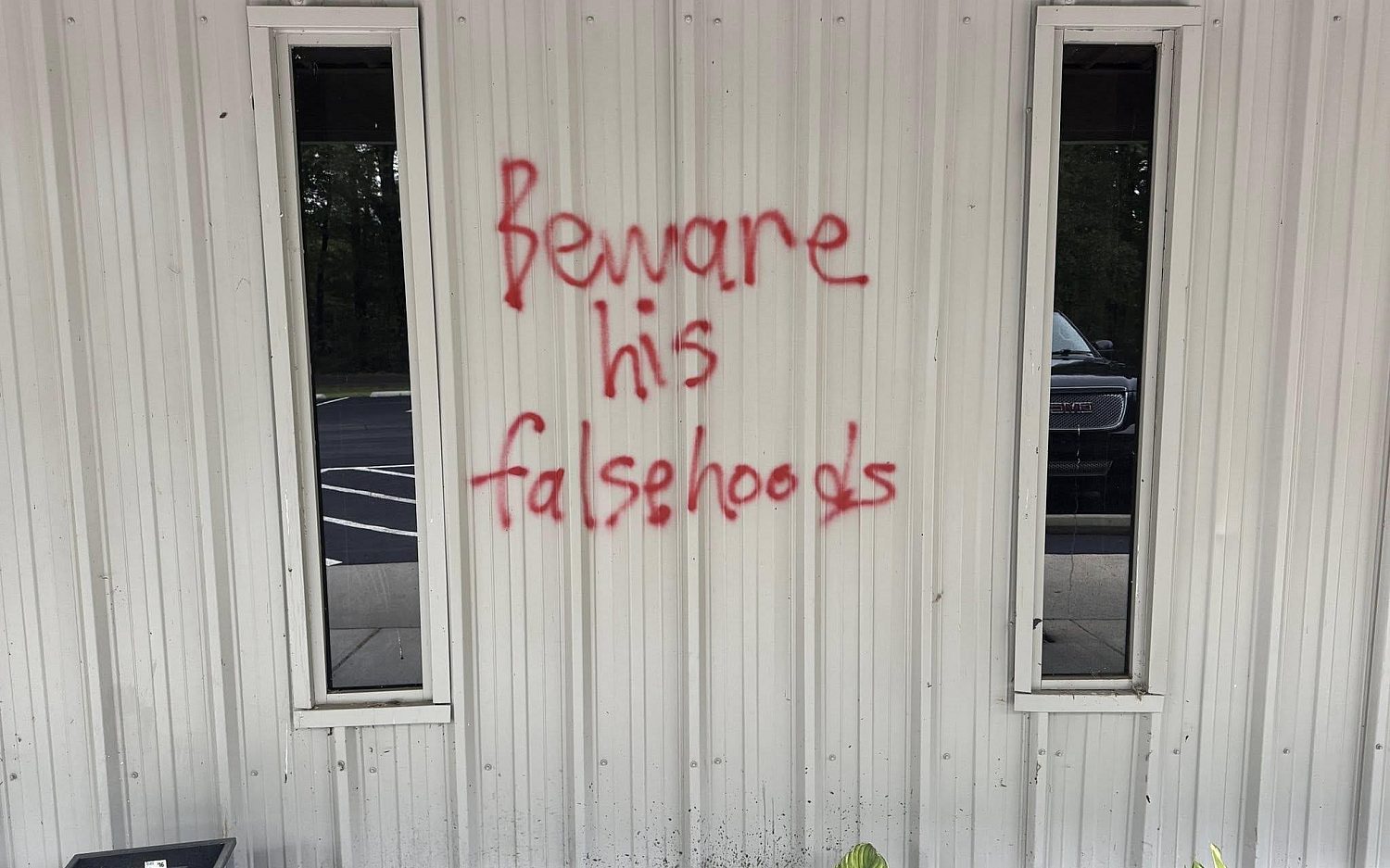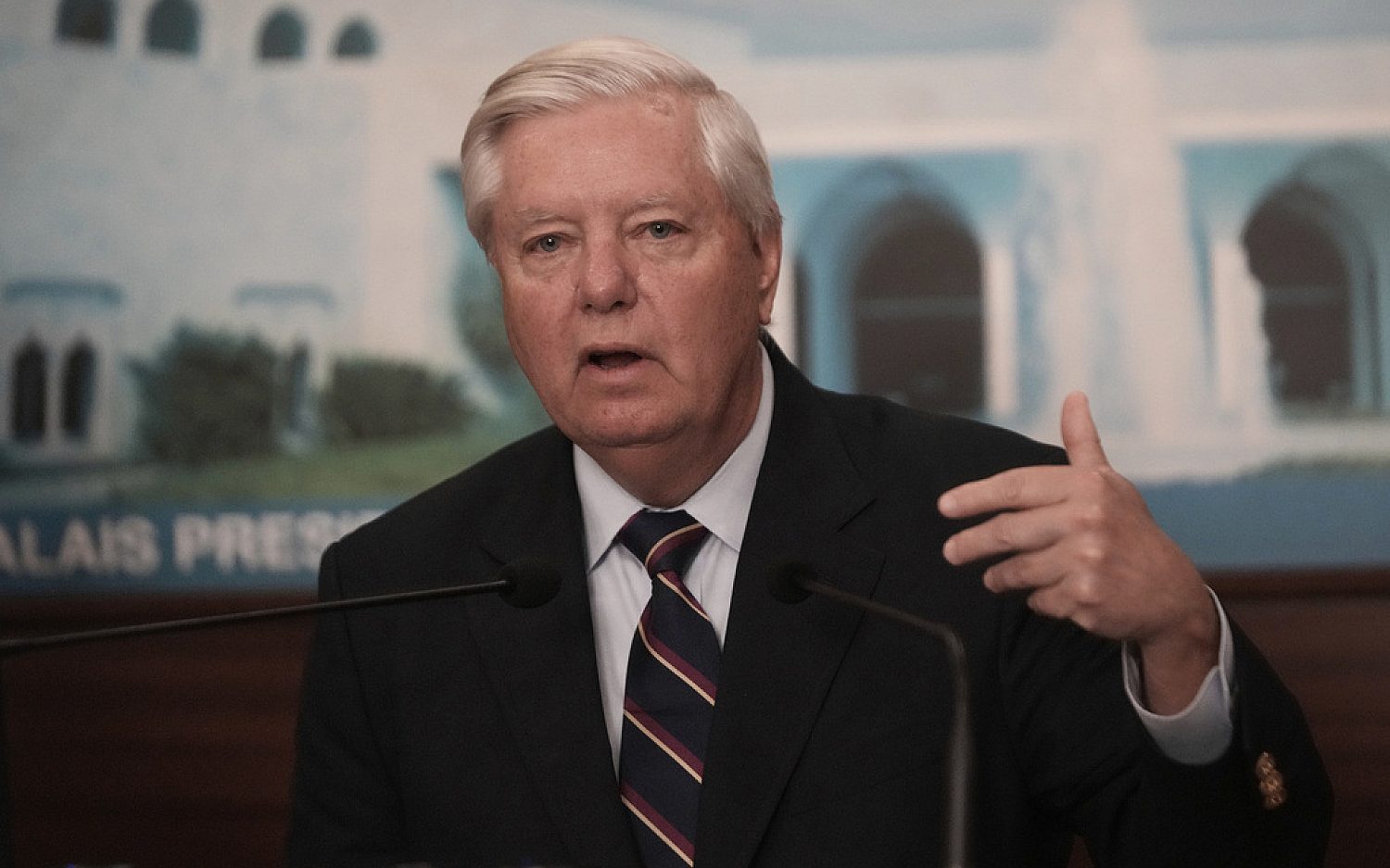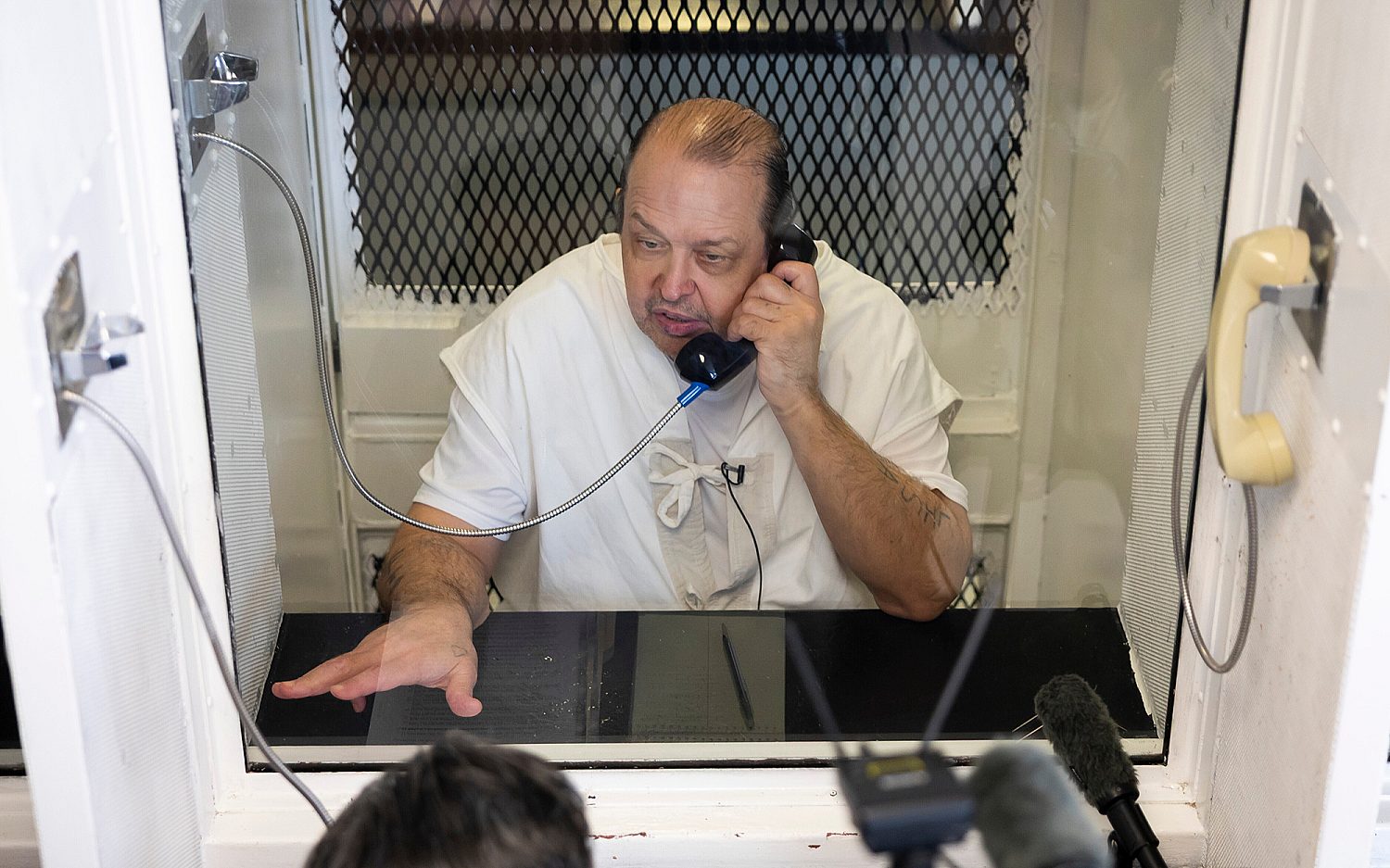Is the U.S. Air Force really necessary?
Robert Farley, a political science professor at the University of Kentucky, wants to ground the U.S. Air Force, for good.
In his book, Grounded: The Case for Abolishing the US Air Force, Farley argues the United States does not need an independent Air Force in order to effectively wield military air power. Farley, an assistant professor at the Patterson School of Diplomacy and International Commerce, came to his conclusion after studying the conflict between the Army and the Air Force over which military branch was primarily responsible for winning the first Gulf War.
“I slowly became more aware that these arguments between the Army and the Air Force have broken out along virtually identical lines after every conflict we’ve fought since World War II,” Farley said. “Each service, each capability, claims its own decisive role.”
Farley argues that inter-service rivalries and different interpretations of combat effectiveness have had such a negative effect on both doctrine and weapons system acquisition over the decades that the Army and the Air Force are unprepared to cooperate with each other next time America goes to war.
“That got me thinking, why not just re-marry these organizations rather than maintain their distinction?” he said.
The U.S. Air Force, originally the Army Air Corps, was established as an independent military service in 1947. Over the next four decades, as conflicts over Army and Air Force roles and missions emerged, Congress stepped in and passed the Goldwater-Nichols DoD Reorganization Act of 1986, the most far-reaching legislation affecting the U.S. military since the National Security Act of 1947. By vesting operational command of U.S. forces with a joint commander, Goldwater-Nichols sought to mitigate much of the inter-service rivalry.
But, according to Farley, Goldwater-Nichols failed to solve the dual problems of procurement and training. By law, the services have their own budgets for acquiring weapons and recruiting and training personnel.
“The primary responsibility of an Air Force aviator still lies with the … parochial interests of the Air Force and for a soldier with [those] of the Army,” Farley said. “And that’s a position that I think inevitably creates friction during wartime, which we’ve seen even in conflicts that come after the 1986 Goldwater-Nichols reform.”
Piecemeal approaches to transferring missions and capabilities from the Air Force to the Army have been proposed before, particularly with close-air support aircraft like drones, and the A-10, which the Air Force wants to retire.
“It would seem to be a fabulous idea to take away these capabilities that the Air Force is unenthusiastic about,” Farley said. But the Air Force routinely opposes giving them up. “There’s a general Air Force lack of enthusiasm about drones unless there’s a prospect of the Army having them,” he said.
The best solution to such problems—and the proverbial “elephant in the room”—is to rejoin the Air Force with the Army, Farley said. Although not likely in the short term, Farley thinks it might eventually become a reality.
“I’m trying to reopen the question of whether the reform we did in 1947 was really the appropriate reform and whether we should return to it and rethink it,” he said.
An actual newsletter worth subscribing to instead of just a collection of links. —Adam
Sign up to receive The Sift email newsletter each weekday morning for the latest headlines from WORLD’s breaking news team.




Please wait while we load the latest comments...
Comments
Please register, subscribe, or log in to comment on this article.